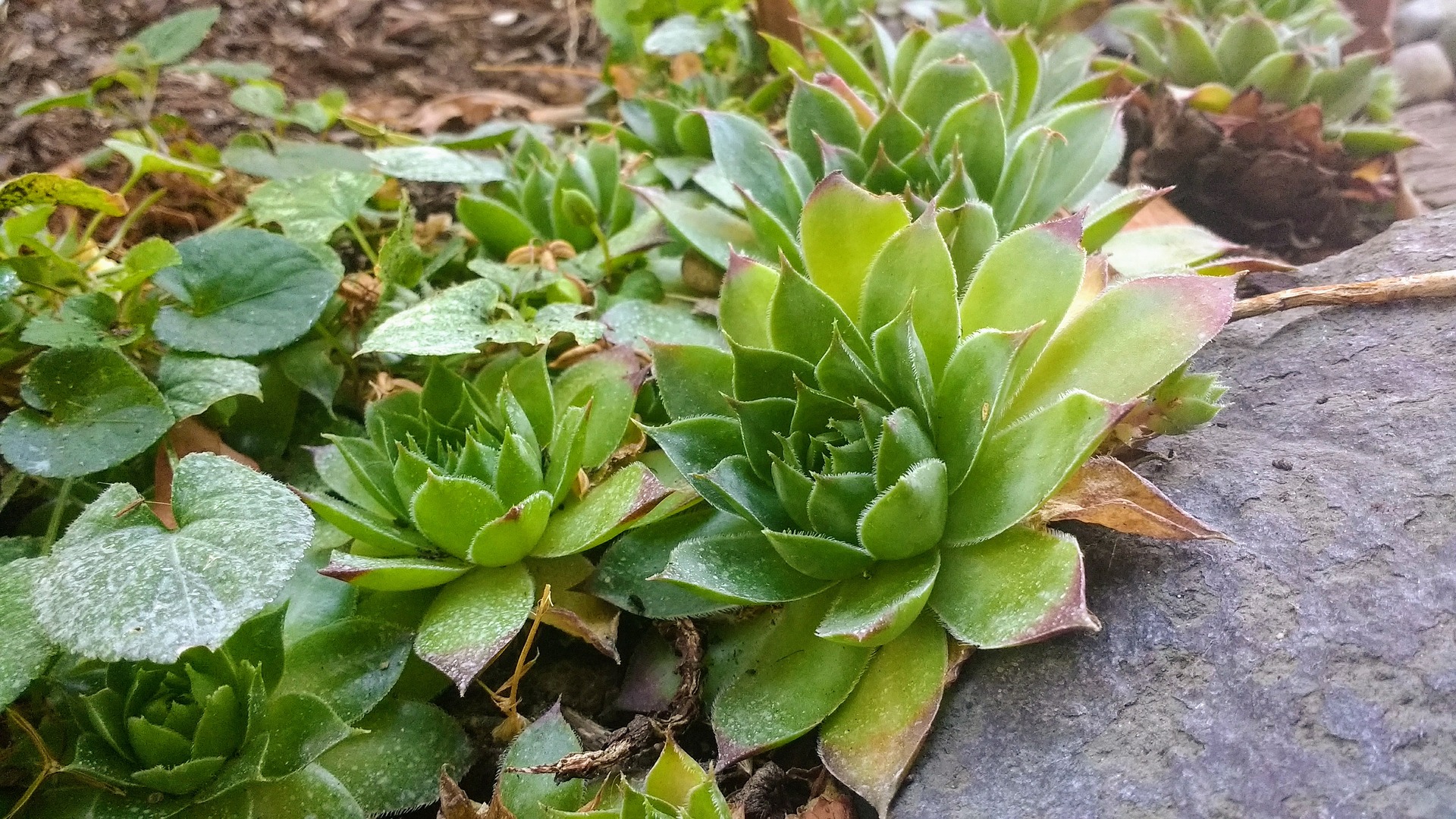If growing succulents in a mini greenhouse are something new to you, you probably wonder, “How often should you fertilize succulents?” A nutrient boost will undoubtedly cause your succulents to become healthier and more beautiful. Regularly fertilized succulents tend to develop a perfect form; they bloom fully, grow quickly, and thrive even when they’re constantly exposed to certain environmental stresses.
Although succulents can absorb the nutrients that are found in the soil, regular fertilizing will cause them to produce richer and brighter colors. Thanks to their thick stems and fleshy leaves, succulents are able to store enough moisture and nutrients, allowing them to flourish in areas where the climate is mostly dry. While the potted succulents in your hobby greenhouse don’t need to be watered as much as you water your other greenhouse plants, they require regular irrigation.

Unfortunately, irrigating the soil also flushes the nutrients away; that’s why you need to fertilize them regularly. It’s important to note that using the right kind of fertilizer is crucial to your plants’ health because you could end up scarring your burning your tender succulents if you use fertilizers that are too strong. Just remember that if you apply excessive fertilizer or use certain blends that have high-nitrogen content, the leaves and the roots of your succulents could rot.
What Type of Fertilizer Should You Use?
Since succulents are naturally adaptable, you can feed them with most types of fertilizers. Should you choose to use commercial fertilizer, make sure that you get the kind that gives you a higher ratio of phosphorus to nitrogen because most types of soils are abundant in nitrogen but limited in phosphorus. Moreover, getting too much nitrogen into the soil will attract destructive bugs and encourage fungal growth.
Avoid using slow-release fertilizers because these are too strong for your plants. Use a water-soluble fertilizer and make sure that you dissolve it about 2 to 3 times the recommended strength.
Another type of fertilizer that you can use is manure tea. Contrary to what you may think, you won’t get messy and stinky when you use this to fertilize your succulents. Since this type of fertilizer is mild, you won’t run the risk of burning your succulents’ leaves.
How Can You Prepare Manure Tea?
The process of preparing manure tea is extremely easy. However, it would take days to complete the preparation. You’ll need a tea bag, a large bucket that can carry up to 5 gallons of water, and a watering can.
To give you a head start, check out the step-by-step guide below:
Step #1
Remove the teabag from the packaging before you place it in a large bucket.
Step #2
Next, run the water over the teabag as you try to fill the bucket with about 1 to 5 gallons of water.
Step #3
Once you’re done filling the bucket up, let the string hang over the bucket’s edge before you put a lid over the bucket.
Step #4
Let it sit for 2 to 4 days before you can use the solution to fertilize the succulents.
Step #5
Grab a large watering can and pour the fertilizer into it. Don’t hesitate to pour the solution generously on your precious succulents.
How Often Do Your Succulents Need to Be Fertilized?
If you’re using manure tea or the standard fertilizer with a lower dose, you may fertilize succulents as often as once a month. However, it’s important to note that most succulents do just fine if you fertilize them once each year in the spring. Since the growing season of most types of succulents begins during springtime, they would need the nutrient boost that only fertilizers can give them.
It’s different for winter-growing succulents because these plants need to be fertilized once in the fall.
What are the Benefits of Growing Plants in a Mini Greenhouse?
If you grow succulents and other types of plants in a mini greenhouse, you’ll be setting yourself up for the ultimate gardening experience. Unlike traditional outdoor gardening, growing plants inside a mini greenhouse offer loads of benefits that you wouldn’t want to miss. Some of these benefits include extended growing seasons, an ideal growing environment, as well as protection from pests and inclement weather.
Benefit #1: Extended growing seasons
With mini greenhouse gardening, you’ll be able to tend to your plants regardless of the ever-changing weather conditions because it gives you the opportunity to control the temperature inside the enclosed space. This allows you to extend the growing season and enjoy growing plants that aren’t even native to your area.
Benefit #2: It offers an ideal growth environment
As mentioned earlier, a mini-greenhouse allows you to take control of the temperature and humidity levels of its internal environment. With the right amount of heat, moisture, fertilizer, and circulating air, you can expect your vegetables, fruits, herbs, and flowers to thrive.
Benefit #3: It offers a layer of protection from inclement weather and pests
Setting up a mini-greenhouse means eliminating the need to make emergency preparations to keep your plants protected in the event of harsh weather conditions such as heavy rains, strong winds, snow, hail, blizzards, etc. Also, the layer of protection that your greenhouse offers will also keep destructive pests and vermin at bay.
Final Thoughts on the Answer to “How Often Should You Fertilize Succulents?”
While knowing the answer to “How often should you fertilize succulents?” is awesome, nothing is better than growing them in a mini greenhouse. Take your gardening experience to the next level! Purchase your own mini greenhouse today!
